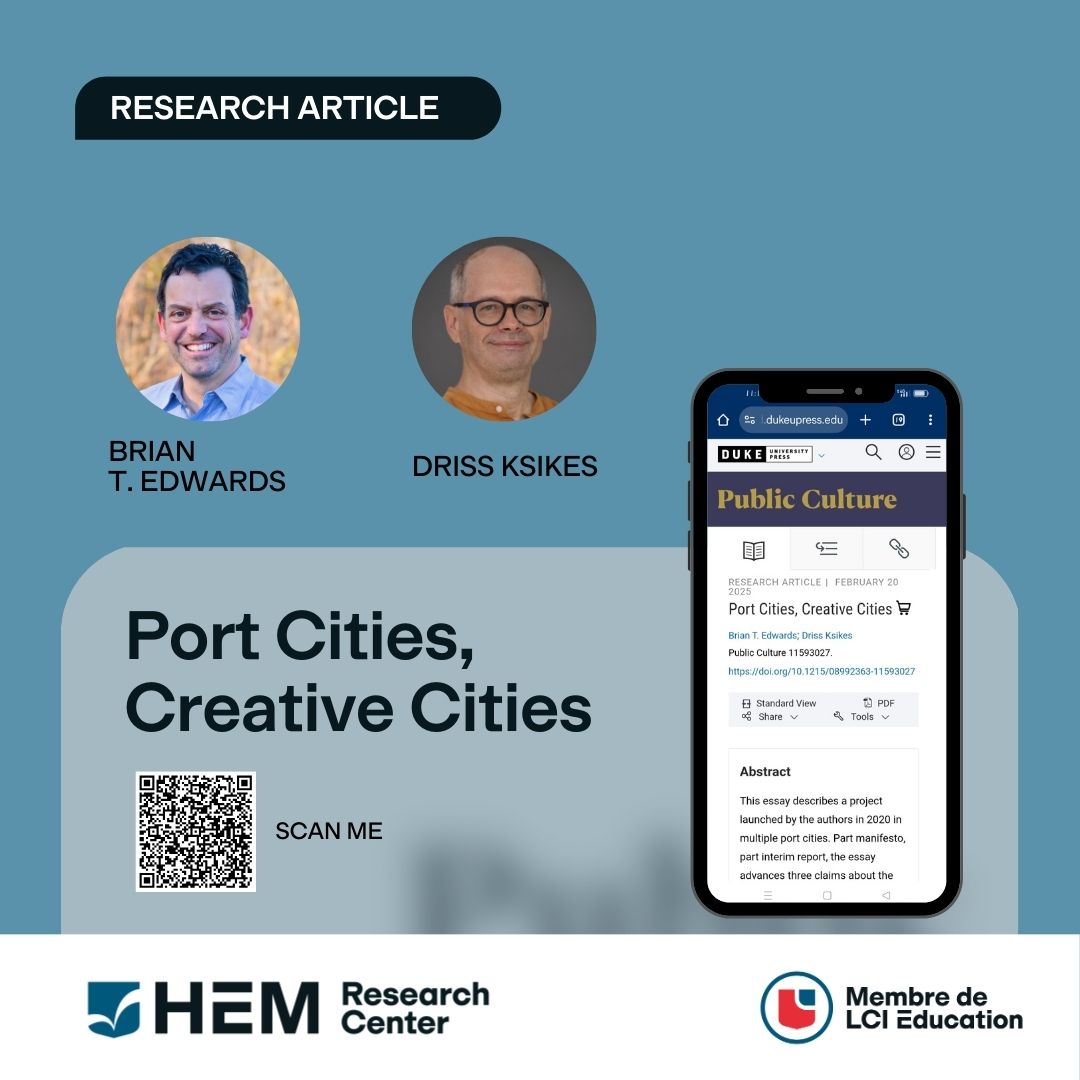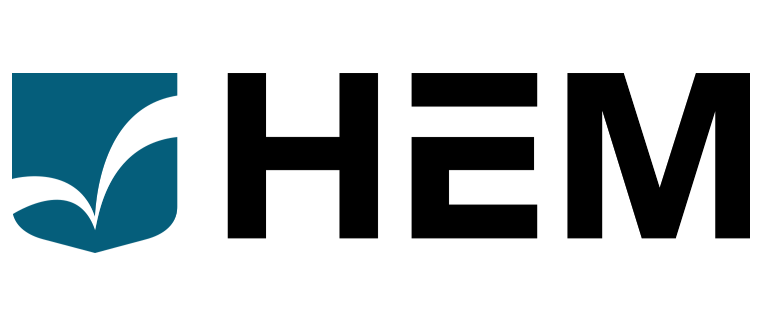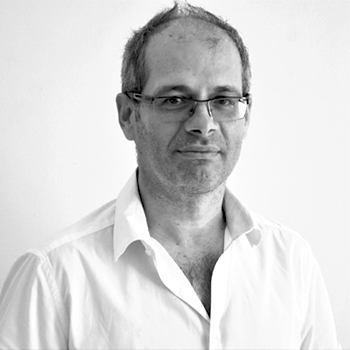
Driss Ksikes
Né le 7 mars 1968 à Casablanca Écrivain et dramaturge, il est directeur de HEM Research Center, où il encadre des équipes de recherche interdisciplinaires. Ancien rédacteur en chef du magazine TelQuel (2001-2006), il est depuis 1996 professeur à HEM de méthodologie et d...
Voir l'auteur ...Brian T. Edwards
Il est professeur et doyen de l'École des Arts Libéraux à l'Université de Tulane, à La Nouvelle-Orléans. Son livre le plus récent est After the American Century: The Ends of U.S. Culture in the Middle East (2016). Ses essais sur les modes de circulation lors des soulèvements de la place T...
Voir l'auteur ...Port Cities, Creative Cities
This essay describes a project launched by the authors in 2020 in multiple port cities. Part manifesto, part interim report, the essay advances three claims about the distinctiveness and potentialities of port cities. First, they share both positive and negative characteristics. On the negative axis, port cities struggle with environmental crisis, susceptibility to epidemics, and endemic forms of crime, poverty, and corruption. On the positive axis, they are distinguished by high levels of multilingualism, social relationality, cosmopolitanism, and creativity. Crossing both axes, water is a key force, as metaphor, energy, and threat. Second, port cities are typically exceptional to the nations to which they pertain, frequently occupying the status of a “minor” city in any given national or regional imaginary, even while part of colonial and postcolonial tensions. As such, they function as nodes across a global network of minor realms. Third, their capacity for resilience and their potential for survival in the face of existential challenges are derived from a concentration of “organic connectors.” The authors define the concept of the “organic connector” and argue for its role in positive social and cultural change. Having established this set of characteristics, the essay lays out a methodology for activist, collaborative research.
Source : Public Culture Journal. Duke University Press
The text of this article is only Available as PDF for only three months at this link : https://bit.ly/3FKMiyp



